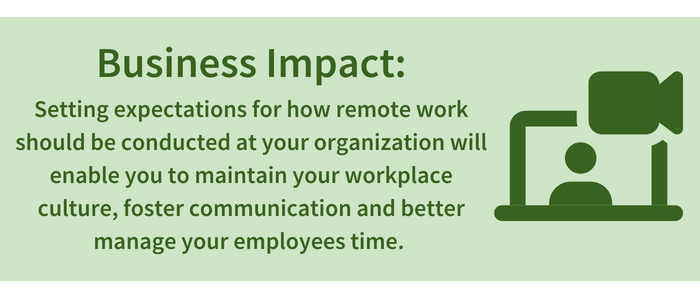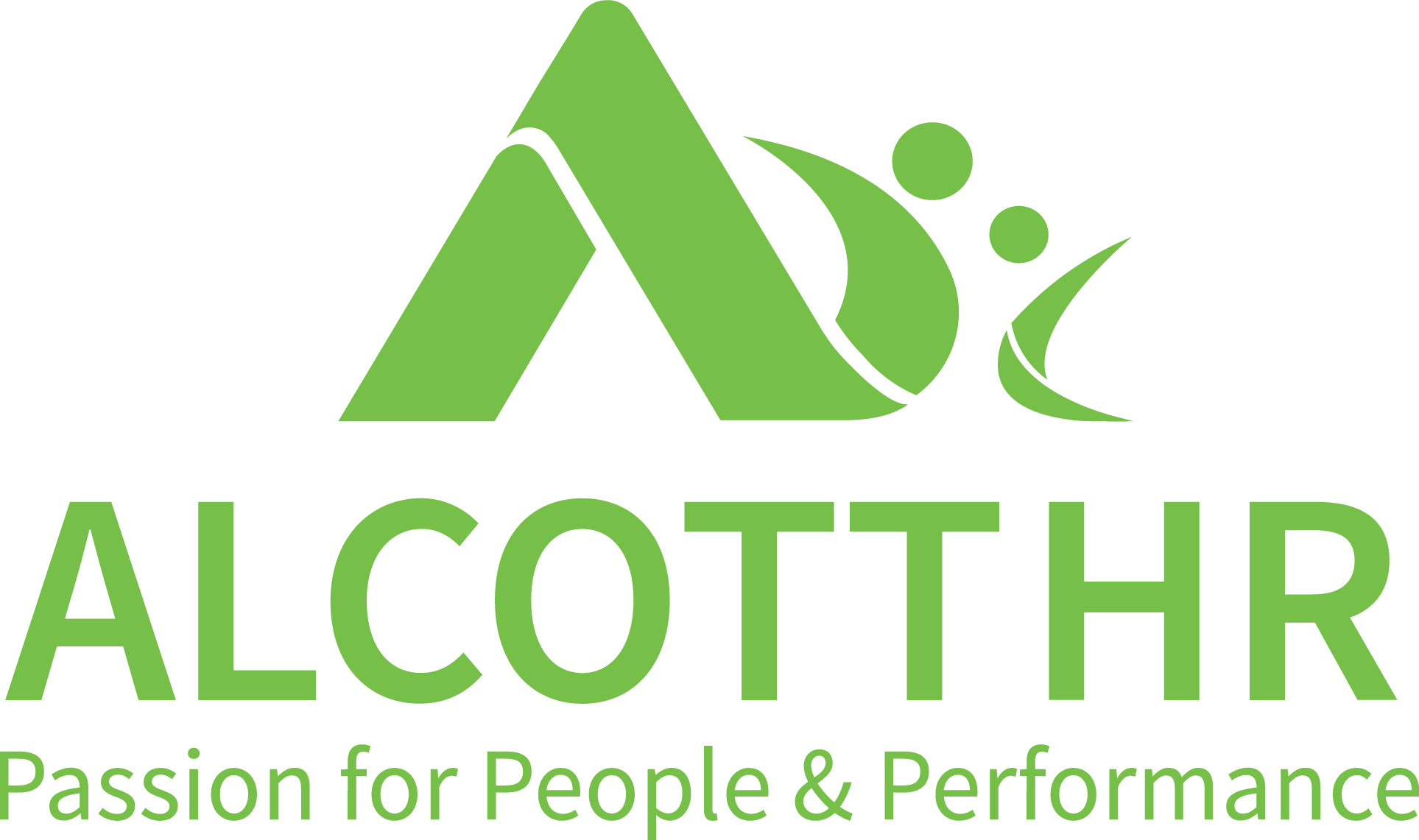Workplace Culture in a Virtual World

We’ve all said it or heard it: “The pandemic put a lot of things on hold.” As companies and employees scrambled to set up remote work sites and find the business as usual amongst the restrictions, virtual work policy and workplace culture became just another item on the backburner. But as we enter the third year of the Covid-19 pandemic and companies work to design their workplaces of the future, it’s important to set virtual expectations and decide how the remote environment fits into your workplace’s culture. When it comes to setting expectations the best place to start is with a policy. Remote Work Policies are becoming staples in employee manuals, with SHRM establishing a Remote Work resource hub and even offering policy templates on their website. Aspects of Remote Work that can be addressed in a policy are:
- When and how often employees can work remotely; as well as the process to request to work remote and who approves it
- What kind of environment is acceptable for remote work (i.e. a quiet, distraction-free workplace, neutral background, etc.)
- What is appropriate attire (ex. Casual attire, no pajamas)
- Meeting expectations
- Camera/microphone usage
- Eating during meetings (snacks are ok but no large meals)
- Consuming alcohol during late in the day meetings
- That all work policies are still in effect regardless of work location
- What happens if the guidelines in the policy aren’t followed?
Once the expectations are clearly set and communicated you can move on to incorporating the virtual workplace into your culture! Those minutes of collaboration or de-stress when walking past a coworker’s desk or turning around to ask their advice can still take place virtually. Team leaders and managers should still set aside time to check-in with their teams. Use this dedicated time to brainstorm a problem and keep everyone up to date on what’s going on around the company or even discuss personal updates and achievements. Scheduling this time reinforces the importance to employees and reminds them to connect with one another. It also promotes values of community and teamwork, so that regardless of where you’re working from, you’re all still working towards common goals.
Another way to continue these ideas of collaboration is by encouraging verbal communication. Apps such as Microsoft Teams and Slack make messaging coworkers simple and easy but there is still something to be said for talking things out. This doesn’t mean that every question needs to be a call but more complex items can be addressed between coworker-coworker or manager-employee through verbal communication. Not only does this ensure accurate communication and avoid misinterpretation of written text, but it allows for more
meaningful interaction amongst the team. In conjunction with increased communication, it’s also important to encourage your team to be mindful of their time management. Take your calendar for instance, marking off times when you are unavailable is a great way to show your coworkers when you won’t be able to take a call or chat. This goes beyond just meetings but marking off when you will be out of the office and even scheduling focus time when you will need all your attention to be on something else. By marking off these times, people can check when you’re available and gives them the transparency they need to know when a good time is to speak.
Whether your team is split between remote and in office or fully remote, maintaining your workplace culture takes organization, increased communication, and time management. While it will take more work to implement the new normal and find the expectations and needs that best fit your business, as well as your employees, it is important to make sure that you don’t lose your company culture and consistency in the transition to your workplace of the future.
Written by
Emily Polacek

